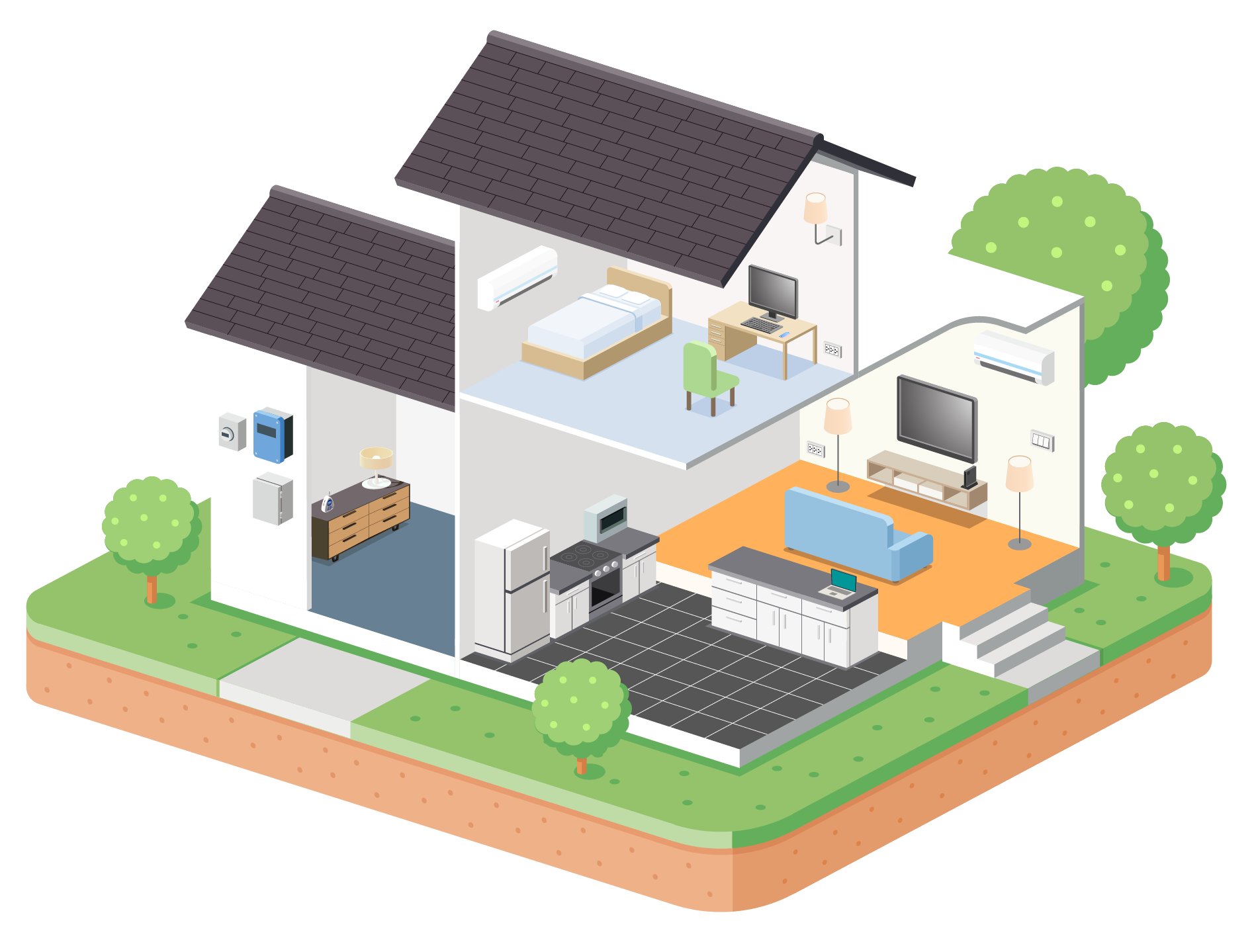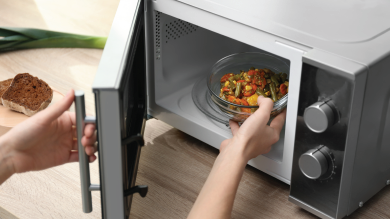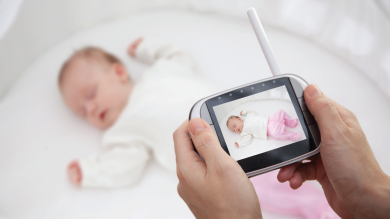Smart Meter Safety
Smart meters have been in use in the United States since 2006, and today over 98 million are installed and active across the U.S. They're a critical part of developing a "smart grid" for America: one that is stronger and more reliable, while increasing consumer control over energy usage. However, some customers still have concerns or questions about smart meters. So we've created this resource to answer some frequently asked questions.
Frequently Asked Questions
Yes. As mentioned above, they've been in U.S. households for nearly 20 years. In fact, according to the US Energy Information Administration, nearly half of all American homes have a smart meter. More than half of all Canadian utility customers (6.2 million households) also have smart meter technology.
Overseas, there are more than 32.4 million smart meters operating in Great Britain in homes and small businesses. 27 EU countries including Sweden, Denmark, Finland, Estonia, Spain, Norway, Luxembourg, Latvia, Italy, France, Malta, Slovenia and the Netherlands have reached 80% deployment of smart meters.
Sources:
Radio frequencies include the signals used in FM radio, TV signals, cell phones, and other wireless devices. Smart meters use radio frequency technology, as do many household electronics and appliances. However, a smart meter produces significantly lower radio frequency levels than everyday items like cell phones, Wifi routers, laptop computers, or even a TV remote. Visit www.fcc.gov/oet/rfsafety for more information about FCC guidelines regarding radio frequencies.
Source:
The RF emitted by smart meters is well below the limits set by Federal Communications Commission, and is only a fraction of the levels produced by other everyday devices like cell phones, baby monitors, and microwave ovens. In fact, to get a dose equivalent to, you would need to be exposed to the RF from a smart meter for 375 years.
With over 25,000 articles published on the topic over the last 30 years, scientific knowledge about the effects of RF is now more extensive than for most chemicals. No credible evidence shows any threat to human health from RF emissions at or below RF exposure limits developed by the FCC.
Source:
Yes. While a smart meter will let you monitor your own energy consumption in near real-time, it will not (and cannot) control your appliances or other items in the home.
Always. Your smart meter will securely connect to an encrypted network. No personal data is ever collected or transmitted, and all customer privacy is preserved. Visit our Privacy Policy to learn more about how we handle all data.
RF exposure from a smart meter is far less and more infrequent than other common household devices (see chart below). Plus, a smart meter usually broadcasts its signal for less than 60 seconds and typically less than a total of 15 minutes per day.

Radio Frequency Levels in Your Home

Disclaimer: Typical values based on FCC 47CFR1.1310, which averages exposure over 30 minutes of usage.
Smart meter safety resources
- FCC Radio Frequency (RF) Safety Guidelines
- RF Safety FAQ from FCC
- World Health Organization (WHO) information on electromagnetic fields and health
- WHO International EMF Project (1996)
- Jersey Central Power and Light RF Fact Sheet
- US Dept of Energy – Smart Meter Summary Report
- California Council of Science and Technology – Health Impacts of Radio Frequency Exposure from Smart Meters
- Texas Senate – The Truth about Smart Meters
- National Institute of Environmental Health Sciences (NIH) Electric & Magnetic Fields
- Electric Power Research Institute (EPRI) RF Exposure Associated with Residential Automatic Meter Reading Technology
ADDITIONAL ARTICLES AND RESEARCH
- Dr. Joe Schwarcz, Director of McGill University’s “Office for Science and Society” - Smart Meters and Radio Waves
- Klaus Bender, PE, Director of Standards & Engineering, Utilities Telecom Council - “No Health Threat From Smart Meters”
- Dr. Samet Tonyali, IEEE SmartGrid - Security and Privacy Concerns in Smart Metering: The Cyber-Physical Aspect
- Afiq Fitri, Tech Monitor - How secure are smart meters?






